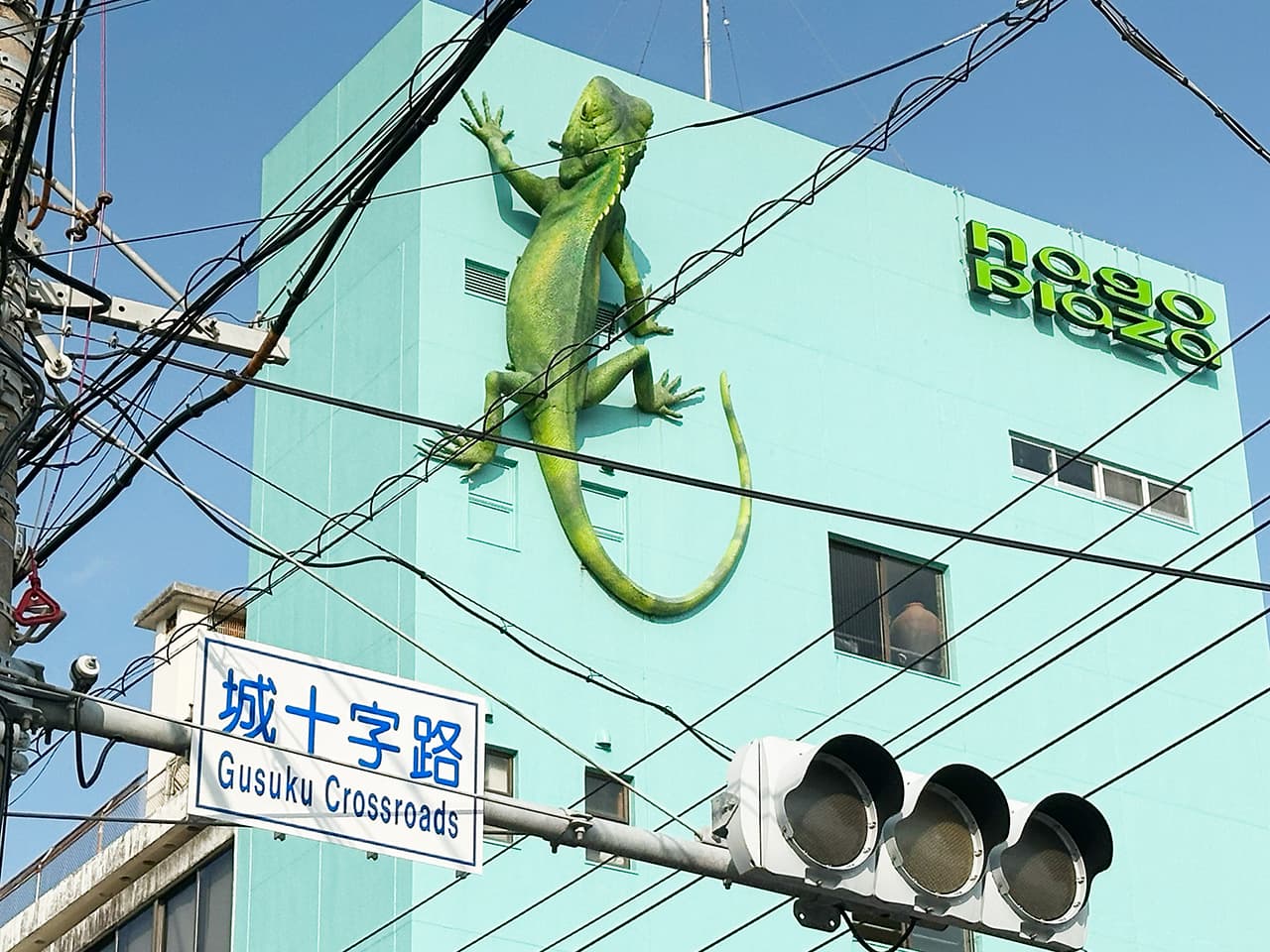Taito Kojima apartment building still stands after almost 60 years
A large housing complex built almost six decades ago during the postwar housing boom still stands in the middle of a changing city.
In the Tokyo metropolitan area most of the condominiums are either renovated or rebuilt after about 40 years or sooner. A building that’s over half a century old is a rare gem. I read about one particular building (possibly the oldest apartment building in Taito-ku) and went to see it up close.

Welcome to Taito Kojima Apartments — a concrete giant that defied earthquakes and demolitions, still proudly standing after nearly 60 years! The building is located about half-way between Okachimachi and Asakusa, just a stone’s throw away from Satake Shoten-gai, the second oldest shopping street in Japan.
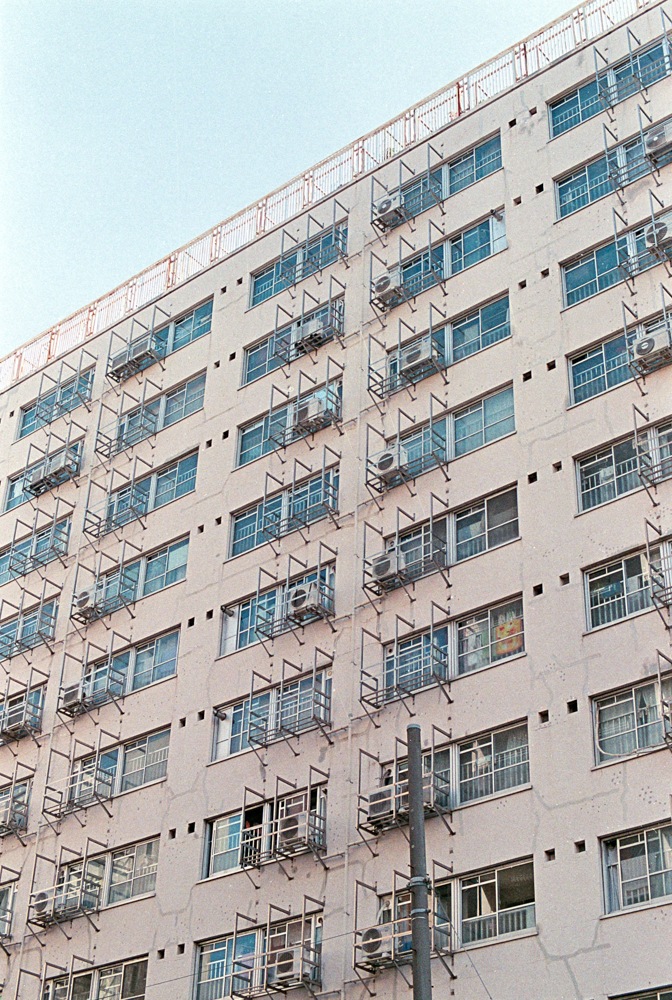
Construction started in 1964 during the postwar housing boom, the same year the Olympics were held, and was completed in September 1966. It was one of the first metropolitan high-rise condominiums. As such, it was considered a fairly tall building at that time. There are 11 floors above the ground and 3 below. Facing Kiyosubashi Dori Avenue, the 1st and 2nd floors still house a few stores and offices of Taito Ward Social Education Center. Floors 3 to 11 are residences. From the outside, the building looks huge but not so much because of its height (11 floors doesn’t appear so tall these days) but because of how wide it is. It’s shaped like a long, rectangular box. The repetitive pattern of windows on the facade only make it look even more massive.

The Taito Kojima was a so-called geta-baki apartment type of a building. This was a term that described mixed-use condominium where the lower floors are used as shops, offices and parking lots, while the upper floors are residences. But why exactly did they call it geta-baki apartment? The reason behind it is interesting — it comes from the appearance of the traditional geta wooden sandals. If you look at the sandals from the side, the wooden base stands on two supporting blocks, called the “teeth”. And just like the teeth of geta, the first floor of a geta-baki building has pillars and walls with stores and offices between them. Nowadays it’s quite common to have shops on the 1st floor, but at that time it must have been rare.
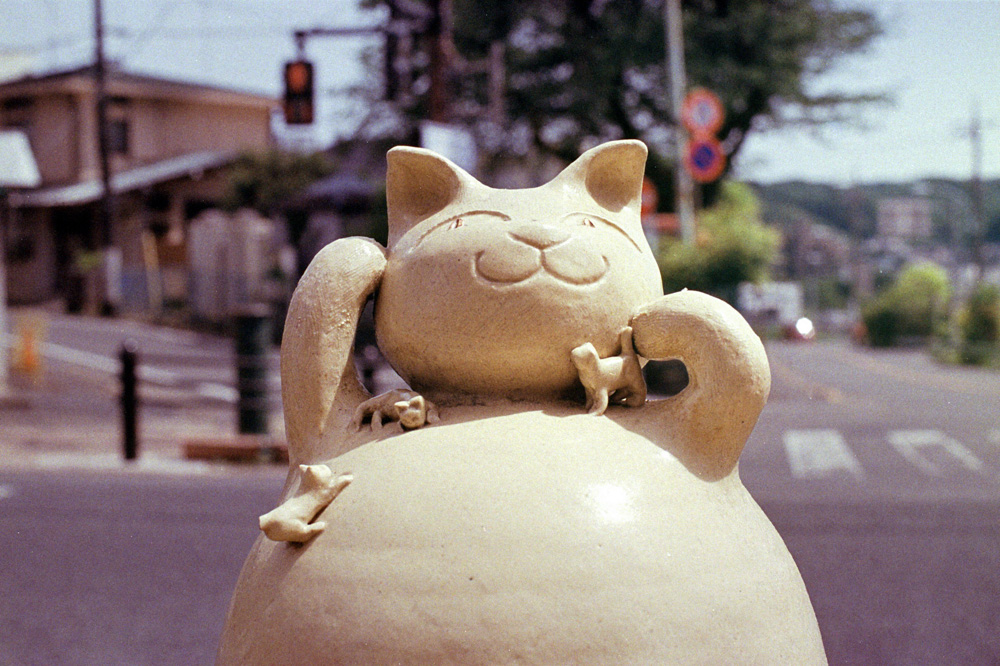
Lots of pipes sticking out of the wall — very characteristic of that time. Looks like you’re about to enter a submarine. While I was there, I saw a maintenance man doing his work around the building — it’s nice to see that such an old place is still maintained properly. Let’s step inside.
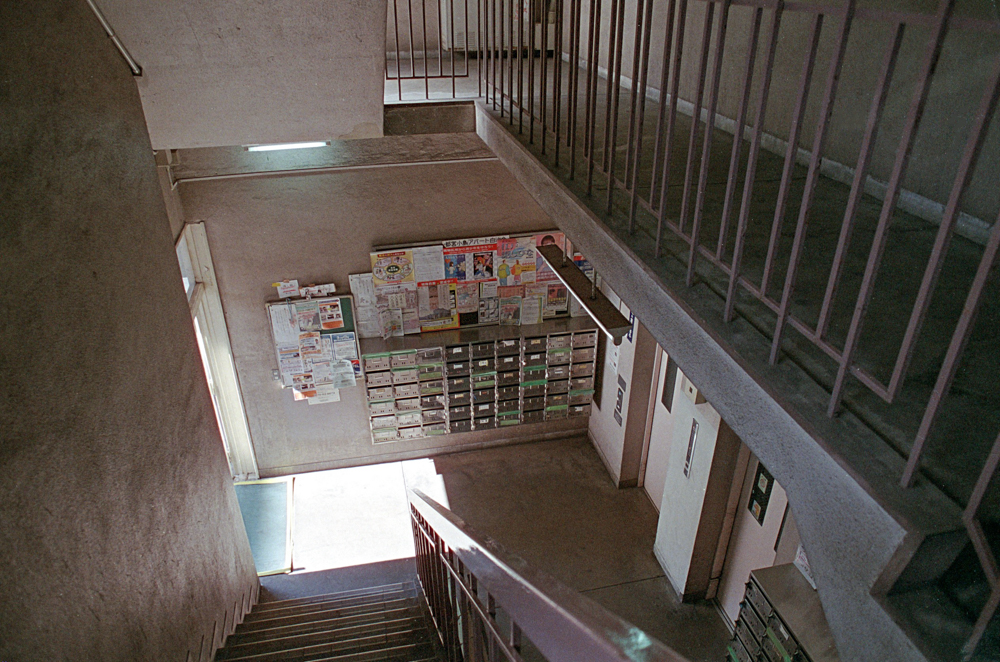
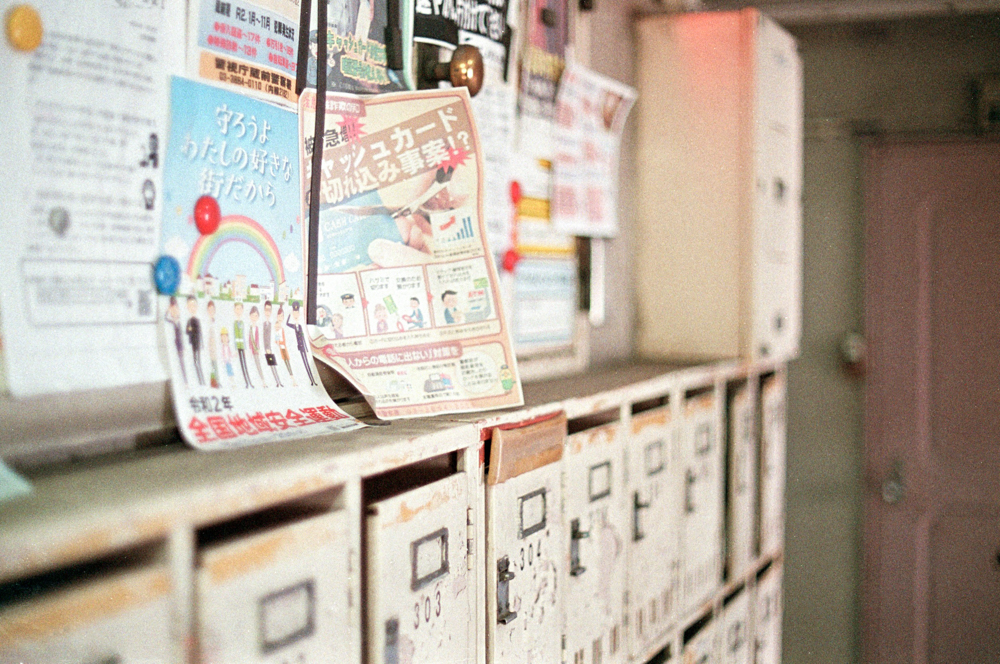

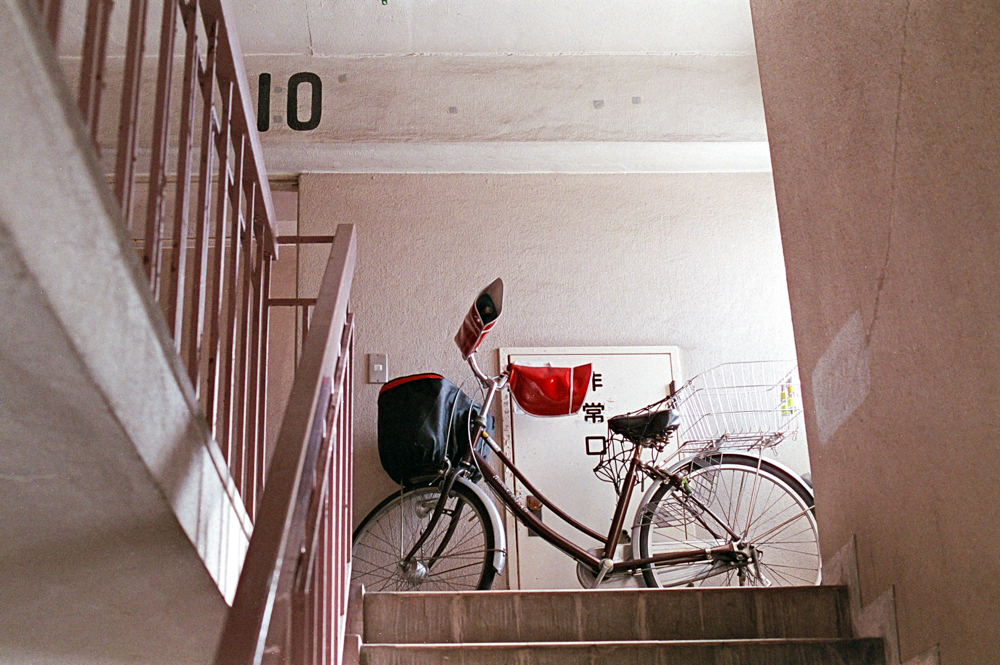
Inside was eerily quiet. I barely heard any sound coming from the big road next to it, thanks to the thick concrete.
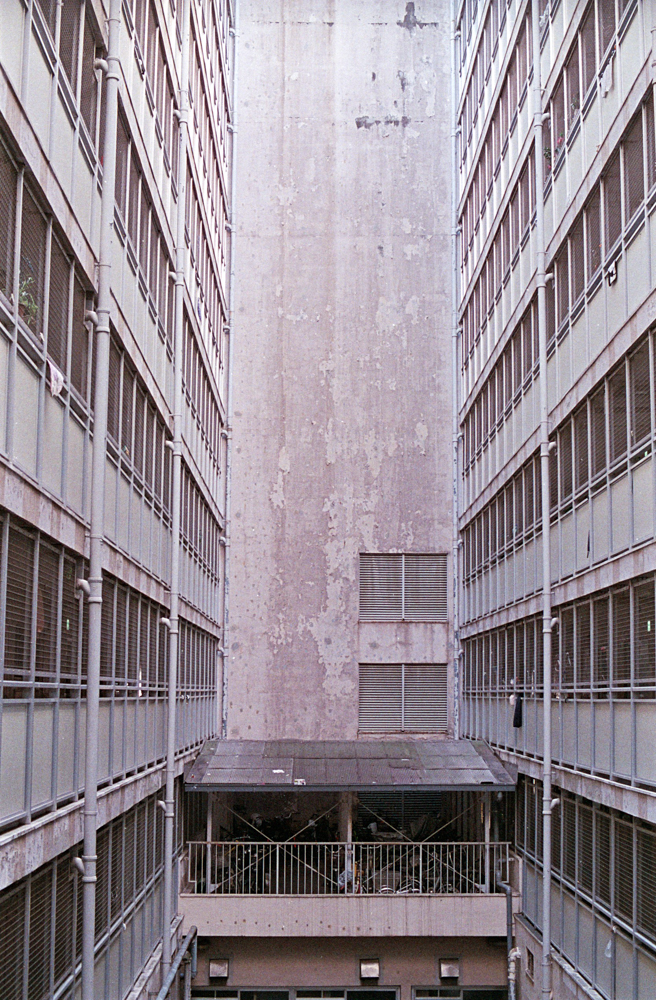
This here was an interesting sight — there is a large atrium in the center with shared corridors on each floor that go around it. I couldn’t help but think of it as a backdrop for some utopian science-fiction movie!
It might be worth to mention how clean it is in this place. Yes, it definitely has a worn-out look but there is no trash of any kind.
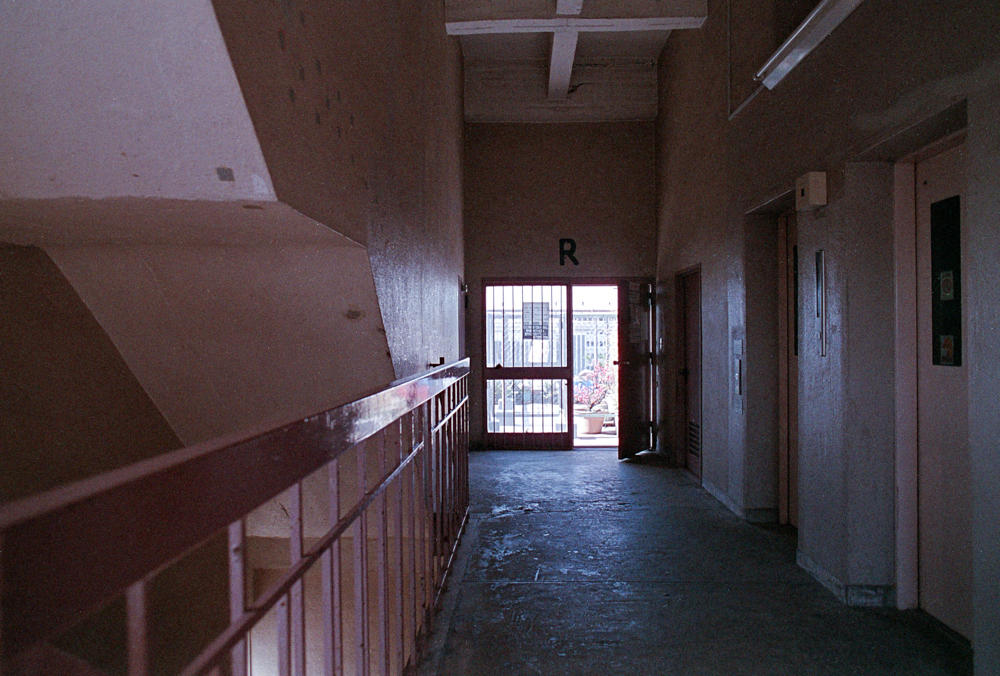
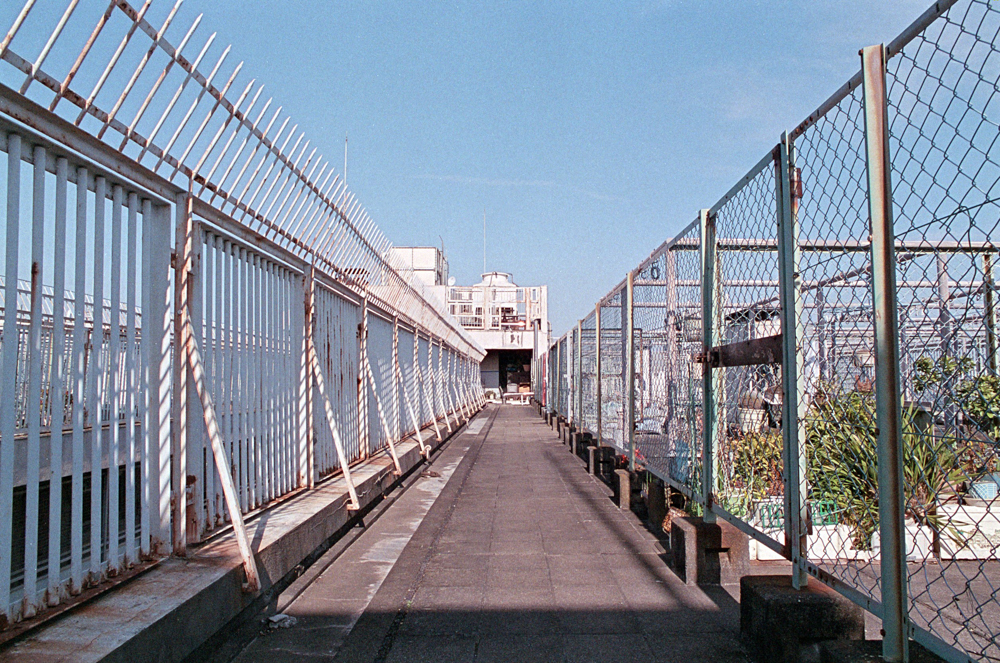
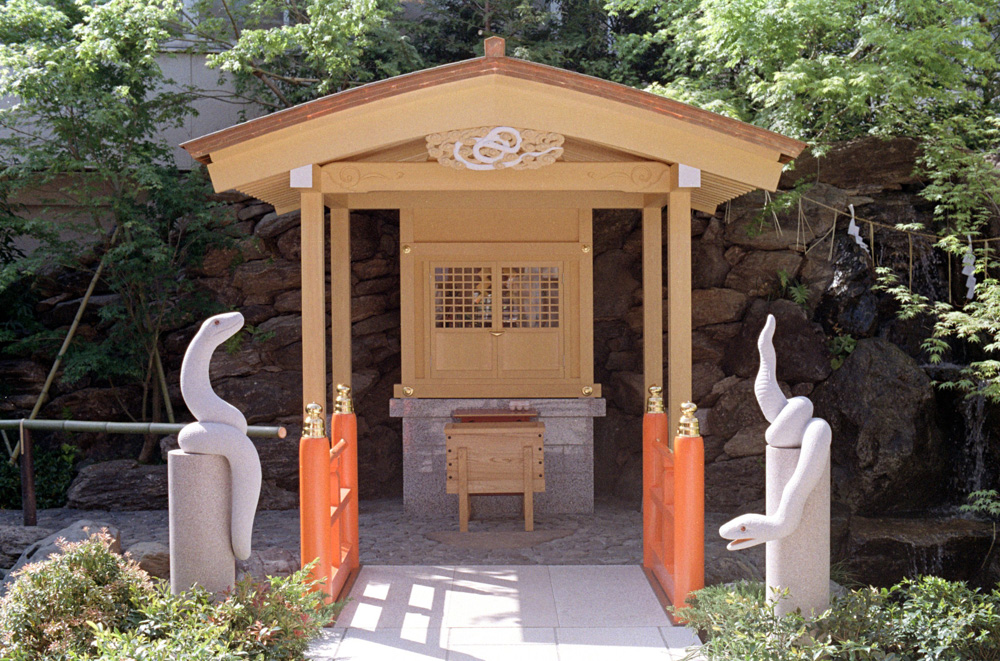
The rooftop floor. This is where the residents can grow plants and hang laundry (drying laundry on the rooftop was also very common back in Showa days).
From here there was a nice view of the crowded Taito-ku area below. On the south side I could see the Sky Tree which is relatively close.
It’s not by chance that this building was built in this neighborhood. Originally, many factories were located here. The beforementioned Satake shopping street is nearby, with Okazu Yokocho — another shopping street — not far away.
This concludes today’s tour of the resilient Taito Kojima. It would be interesting to see what the place was like decades ago. This building, too, will one day be gone and what will remain are pictures, words and memories of all the people who lived here. Who were they? What became of them? What kind of stories could they tell?
